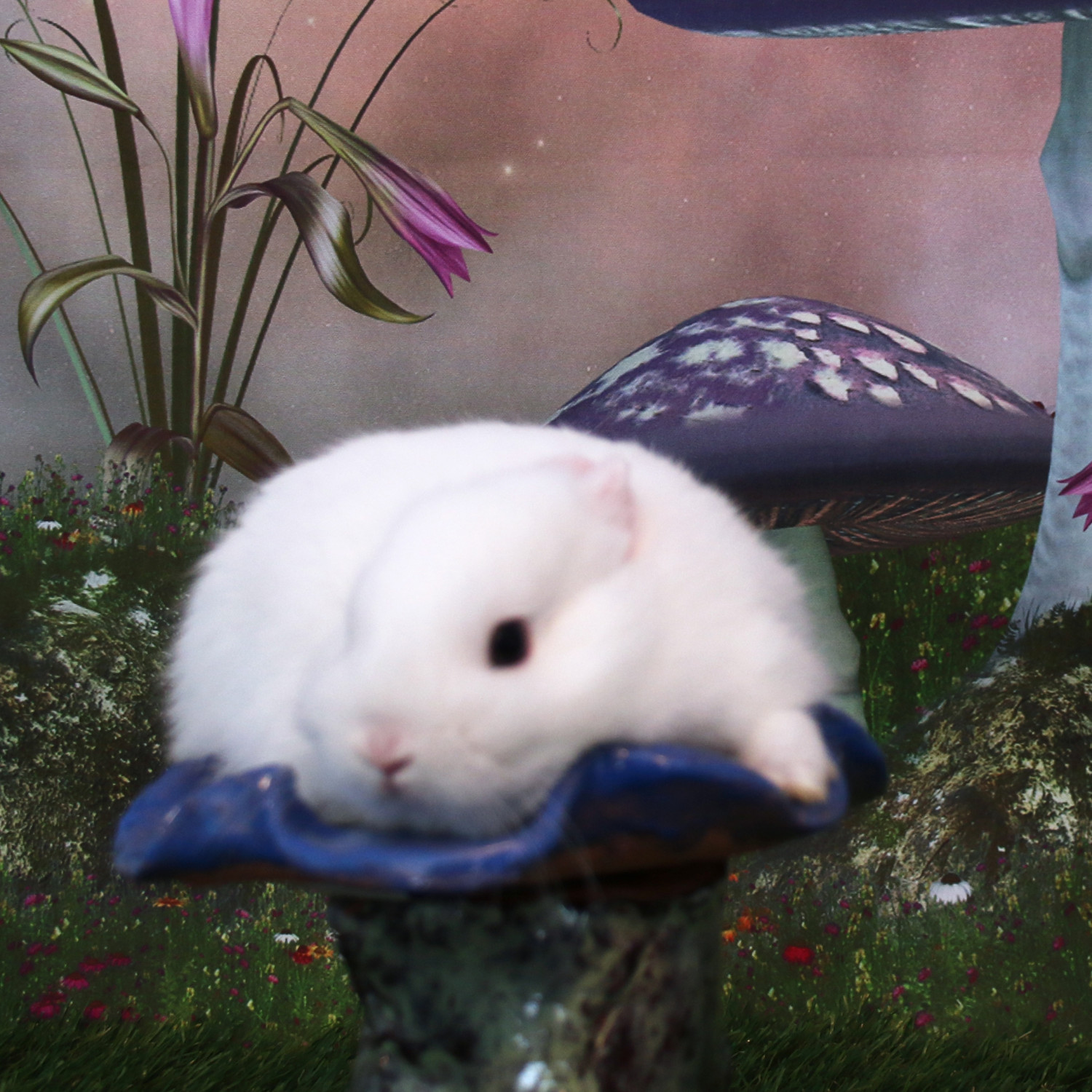

However, the mandible does not always show a similar proportional reduction in size. In dwarf rabbit breeds, including the Netherland dwarf, along with much of the rest of the skeleton overall skull length is reduced. Incisor malocclusion in Netherland dwarfs is diagnosed when the upper and lower incisors do not meet correctly the teeth are not worn down as necessary and have lost their shape and functionality. However, if the teeth are not positioned correctly in the mouth, they do not wear against each other normally and become severely overgrown. The rate of growth normally equals the rate of wear so that the teeth neither become too long or too short. These teeth have evolved to cope with the rabbit’s high fibre diet which is abrasive and which wears away the teeth. The incisors are chisel-like teeth used to gnaw or slice through vegetation as well as playing a role in grooming and fighting (Harcourt Brown 2009a). The rabbit has four incisors in the maxilla (top jaw) and two in the mandible (lower jaw). Incisor malocclusion involves the incisor teeth at the front of the rabbit’s mouth. This problem can be acquired during life (for example as a result of poor diet) but here we are focusing on a form of the disease that is present from birth (congenital). (for more information click on the links below)ĭental malocclusion is the condition in which upper and lower teeth fail to meet in the correct way when the mouth is closed. The problem tends to begin early in life, is life-long, and can cause severe and long-term discomfort and pain. This causes injury and infection in the mouth and, unless treated, prevents normal feeding (leading to starvation) and prevents normal grooming. Outline : Netherland dwarf rabbits quite commonly have a genetic disease in which the upper and lower incisor teeth – which grow throughout life - do not meet together when the animal bites and thus do not wear.

Related terms : Congenital malocclusion, mandibular prognathism, maxillary brachygnathism


 0 kommentar(er)
0 kommentar(er)
